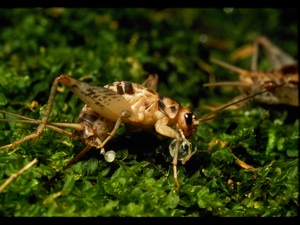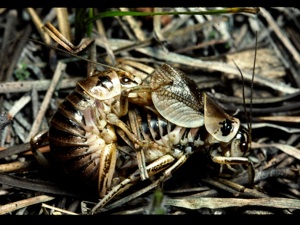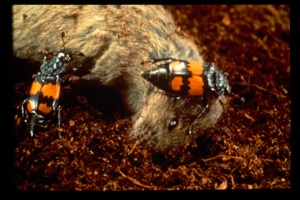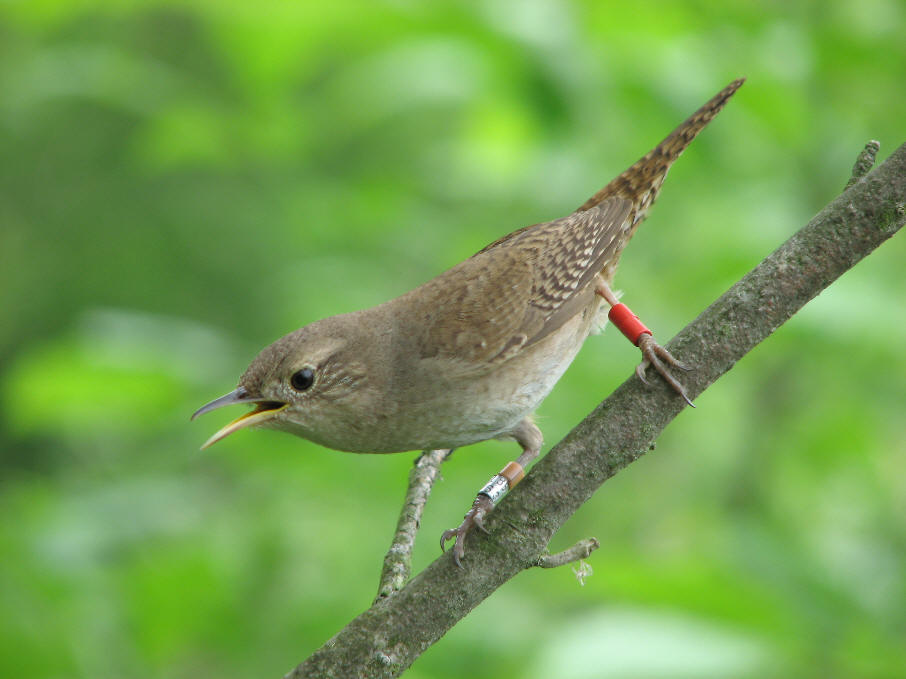Study Organisms
Study Organisms


House Wren: House wrens are small insectivorous birds whose melodic songs belie a ruthless determination when breeding, using every means at their disposal to repel competitors (including destroying eggs). Because they are secondary cavity nesters, they eagerly breed in nestboxes where they can be easily captured and manipulated, and their reproductive success, readily determined. Sakaluk has been collaborating with Charlie Thompson and Laura Vogel since 2004 in studies designed to explore the adaptive significance of female polyandry, reproductive-allocation decisions, and female mating preferences.


Burying Beetles: Burying beetles (Silphidae: Nicrophorus) are one of only a handful of insect taxa exhibiting biparental care. Males and females independently search for small vertebrate carcasses that serve as a food source for the developing young. A male successful at locating a carcass emits a sex pheromone that serves to attract a sexually receptive female. The male and female cooperate in burying the carcass, and actively defend it against conspecific intruders and members of other Nicrophorus species. Adults of either sex also make competent single parents that feed the larvae up until the larvae have consumed the carcass and left the brood chamber.
Sagebrush Grig: The sagebrush grig, Cyphoderris strepitans, belongs to an obscure Othopteran lineage, the Haglidae.We study C. strepitans in Grand Teton National Park, where it occurs in high-altitude sagebrush meadows. Each night during the breeding season, males emerge from the soil litter shortly after sunset, climb into the sagebrush and begin to sing to attract sexually receptive females. Copulation is initiated when a receptive female climbs the dorsum of a male, at which time he transfers a spermatophore. During copulation, the female feeds on the male's fleshy hindwings and ingests haemolymph oozing from the wound.
Decorated Cricket: The decorated cricket, Gryllodes sigillatus occurs in tropical regions throughout the world. Like many insects, male decorated crickets offer females a courtship food gift at the time of mating. This gift comes in the form of a spermatophylax, which is a large, jelly-like ball attached to the spermatophore. Shortly after mating, the female bends at her abdomen and removes the spermatophylax with her mouthparts, leaving the sperm-containing ampulla attached to her genital opening. When the spermatophylax has been consumed, the female bends again and removes the sperm-ampulla, consuming it as well.